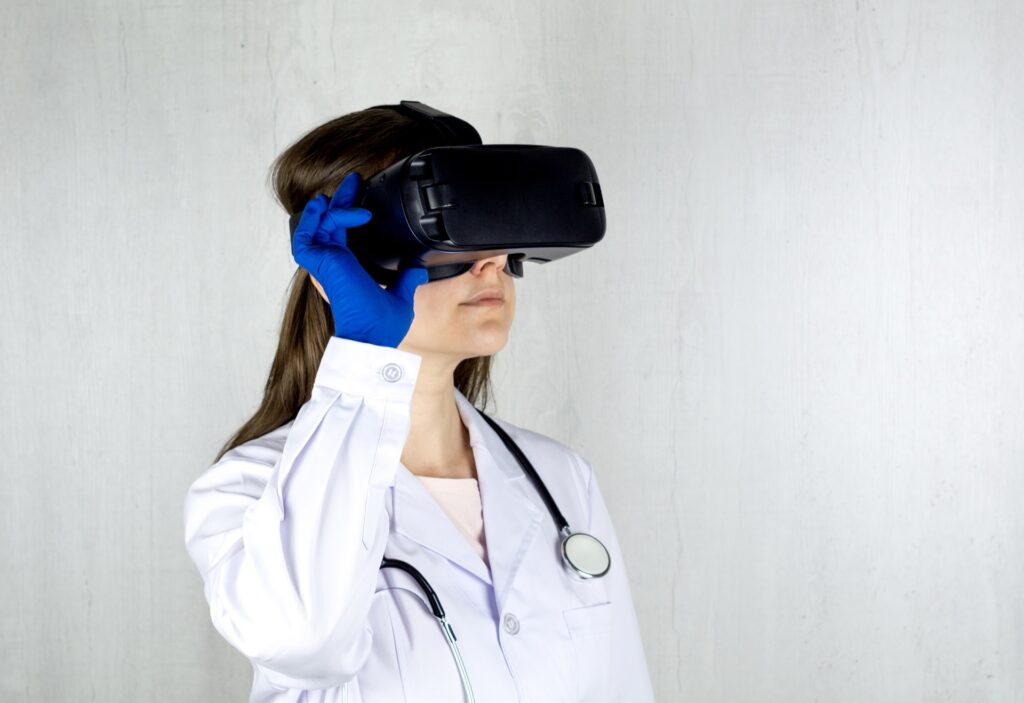Scientists at the University of Cambridge and 3D image analysis software company Lume VR Ltd have created a software called vLUME which allows super-resolution microscopy data to be visualised and analysed in virtual reality and can be used to study everything from individual proteins to entire cells.
This revolutionary software could be used to understand the fundamental problems in biology and develop new treatments for diseases.
A paper with the details of this software recently appeared in Nature Methods journal. The lead author of the paper is Dr Steven F. Lee from Cambridge’s Department of Chemistry
Super-resolution microscopy makes it possible to obtain images at the nanoscale and has allowed researchers to observe molecular processes as they happen. However, a problem has been the lack of ways to visualise and analyse this data in three dimensions.
What is super-resolution microscopy?
Super-resolution microscopy is a series of techniques in optical microscopy that allow such images to have resolutions higher than those imposed by the diffraction limit, which is due to the diffraction of light. Nobel Prize for Chemistry in 2014 was awarded to Eric Betzig, W.E. Moerner and Stefan Hell for the development of this technique.
“Biology occurs in 3D, but up until now it has been difficult to interact with the data on a 2D computer screen in an intuitive and immersive way,” said Dr Steven F. Lee. “It wasn’t until we started seeing our data in virtual reality that everything clicked into place.”
The project started when Lee and his group met with the Lume VR founders at a public engagement. Lee’s group used their expertise in super-resolution microscopy and the Lume team used their specialisation in spatial computing and data analysis to develop vLUME into a powerful new tool for exploring complex datasets in virtual reality.
“vLUME is revolutionary imaging software that brings humans into the nanoscale,” said Alexandre Kitching, CEO of Lume. “It allows scientists to visualise, question and interact with 3D biological data, in real-time all within a virtual reality environment, to find answers to biological questions faster. It’s a new tool for new discoveries.”
Viewing data in this way can lead to new initiatives and ideas. For example, Anoushka Handa, a PhD student from Lee’s group used vLUME to image an immune cell taken from her own blood, and then stood inside her own cell in virtual reality. Amazing, isn’t it?
“Data generated from super-resolution microscopy is extremely complex,” said Kitching. “For scientists, running analysis on this data can be very time consuming. With vLUME, we have managed to vastly reduce that wait time allowing for more rapid testing and analysis.”
The team is using vLUME mostly for biological datasets, such as neurons, immune cells or cancer cells. For example, Lee’s group has been studying how antigen cells trigger an immune response in the body. By using vLUME for segmenting and viewing the data, they have been able to rule out certain hypotheses quickly and propose new ones. This software allows researchers to explore, analyse, segment and share their data in new ways. All you need is a VR headset.
Journal Reference:
Alexander Spark, Alexandre Kitching, Daniel Esteban-Ferrer, Anoushka Handa, Alexander R. Carr, Lisa-Maria Needham, Aleks Ponjavic, Ana Mafalda Santos, James Mccoll, Christophe Leterrier, Simon J. Davis, Ricardo Henriques & Steven F. Lee. vLUME: 3D virtual reality for single-molecule localization microscopy. Nature Methods, 2020 DOI: 10.1038/s41592-020-0962-1
Press Release: Cambridge University

